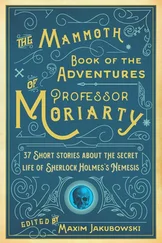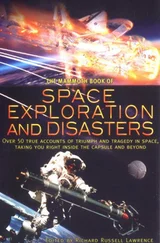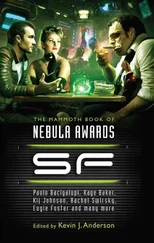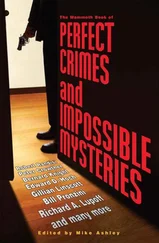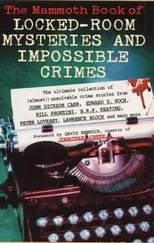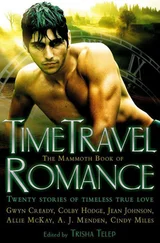Professor Ian Halliday, chief executive of the Partide Physics and Astronomy Research Council, said:
“This mission will turn science fiction into science fact. Every aspect of comet Churyumov-Gerasimenko will be analysed, resulting in the most comprehensive set of scientific measurements ever obtained of a comet and the UK can be justly proud of the significant part it has played. This ground-breaking mission benefits from considerable involvement by talented scientists from UK universities.”
Lord Sainsbury of Turville, the Science Minister, said:
“It is hoped the Rosetta mission will provide us with an understanding of the origins of the Sun and the planets, including Earth. It could provide answers to how life actually began.”
Rosetta will start orbiting the comet in May 2014. Once it has identified a landing site, it will release Philae, which will hit the ground at walking speed.
Philae will drill into the comet’s core to take samples, and take close-up pictures, thus becoming the first probe to make a controlled landing on a comet. A NASA spacecraft to be launched in December, named Deep Impact, will crash into a comet in 2005, but will be destroyed in the process.
Both the European lander and orbiter will operate for more than a year, collecting information on the comet’s composition, and on the way in which its icy core starts to melt as it approaches the sun.
One British-led experiment, named Ptolemy, will analyse the chemical composition of samples from the comet’s core. If these match those found on Earth, it would be possible that water and organic materials first reached Earth on comets.
Ian Wright of the Open University, principal investigator for Ptolemy, said:
“The study of these biologically important elements is strongly implicated in our quest to understand the origin of life on Earth.”
The oldest stars ever seen
On 10 March 2004 The Times reported that the Hubble telescope has peered deeper into space than ever before to picture the Universe in the flush of youth. It had captured images of stars which are more than 76,254,048,000,000,000,000,000 miles from Earth.
Their light was generated more than 13 billion years ago, and has taken that long to reach Hubble. The light from Mars, which is at present more than 125 million miles from Earth, takes ten minutes to reach us. The images open a window on to some of the oldest objects ever seen, many of which were formed 400 million years after the Big Bang, approximately 14 billion years ago.
Masilmo Stiavelli of the NASA Space Telescope Science Institute said:
“Hubble takes us to within a stone’s throw of the Big Bang itself.”
Astronomers are now combing the pictures for the galaxies that date back to when the Universe was emerging from a mysterious era known as the cosmic “dark ages”.
Appendix – Space, Fact and Fiction
The Mammoth Book of Space Exploration and Disasters has an additional theme running through it. This theme is the interaction of fact and fiction. Science fiction has inspired numerous scientists. Later some of these scientists made that fiction into reality. Many pioneering rocket scientists were inspired by the novels of Jules Verne and H.G. Wells.
Jules Verne’s novel From the Earth to the Moon was published in 1865 and was the first story to be based on scientific principles – science fiction. There had been earlier stories about interplanetary travel. Perhaps the earliest known story was written during the Second Century AD. It was the “True History” by Lucian of Samos. At that time it was widely thought that the earth was the centre of the universe (the Geocentric theory). After Lucian, stories about interplanetary travel were neglected until the invention of the telescope.
The telescope was invented in the Netherlands in 1608 but was made famous by Galileo Galilei. The original design was easy to copy. It was a three-powered instrument that magnified the image three times. Galileo constructed his own instruments, making them increasingly more powerful. Using a twenty-powered instrument he observed the Moon, discovered four satellites of Jupiter, and resolved nebular patches into stars. He published his findings as Sidereus Nuncius (The Celestial Messenger) in 1610.
The astronomer Johannes Kepler (1571–1630) was the first man to discover the exact laws governing the movements of the planets – principles which apply to the movements of spacecraft. Kepler also wrote a story about interplanetary travel which was published in 1634, after his death. In Kepler’s story, Somnium , a man travelled to the moon, the method of propulsion being supernatural, with the description of the moon and space based on the knowledge revealed by the telescope. In particular, he knew space was a vacuum.
In From the Earth to the Moon Verne did not take the easy way out and invent, like many writers before and since, some mysterious method of propulsion or a substance which would defy gravity. Verne’s brother-in-law was a professor of astronomy who knew that if a body could be projected away from the Earth at a sufficient speed it would reach the Moon, so he simply built an enormous gun and fired his heroes from it in a specially equipped projectile. He worked out all the calculations, times and velocities for the trip and described it in minute detail. One of its most interesting features was the fact that it was fitted with rockets for steering once it had reached space. Verne understood that the rocket could function in an airless vacuum, but he never thought of using them for the whole trip.
An earlier work of science fiction had featured a spacecraft powered by a form of rocket propulsion, like a ram jet. In 1656 Cyrano de Bergerac wrote Voyage to the Moon and Sun in which a man travelled to the moon on a craft powered by heated air. His flying machine was a large light box, airtight except for a hole at either end, and made of burning glasses. The glasses focused sunlight into its interior. Heated air escaped from one of the nozzles and was replenished through the other.
H.G. Wells’s contribution was less scientific but more readable than earlier interplanetary stories. His First Men in the Moon (1901) is one of the very few interplanetary romances which is regarded as a work of art. Technically it was a retrogression from Verne, whose space-gun was at least plausible and founded on scientific facts. To get his protagonists to the Moon, Wells invented “Cavorite”, a substance which acted as an anti-gravity agent. His heroes had only to climb into a sphere coated with this useful material and they would travel away into space; to steer themselves towards the Moon, it was merely necessary to open a shutter in that direction.
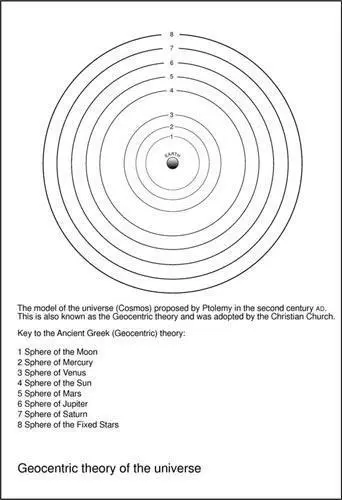
The concept of an anti-gravity substance originated with J. Atterley, whose Voyage to the Moon had appeared in 1827. Atterley had numerous successors who also used anti-gravitational metals to leave Earth.
Wells’ book was followed by numerous works that referred to interplanetary flight. In 1951, the science fiction writer Arthur C. Clarke attributed the increase in the number of books on this subject to two causes: in the first case, the conquest of the air had acted as a stimulus to imagination; in the second, the foundations of astronautics were being laid by competent scientists, and the result of their work was slowly filtering through to the general public. The researches of Goddard (from 1914 onwards) and later of Oberth had focused attention onto the rocket, and even before the modern era of large-scale experimental work had confirmed the accuracy of these men’s predictions, the rocket had been accepted as the motive power for spaceships in the majority of stories of interplanetary travel. Numerous rocket scientists, including Goddard and Oberth, acknowledged the inspiration of the fiction of Verne and Wells.
Читать дальше


